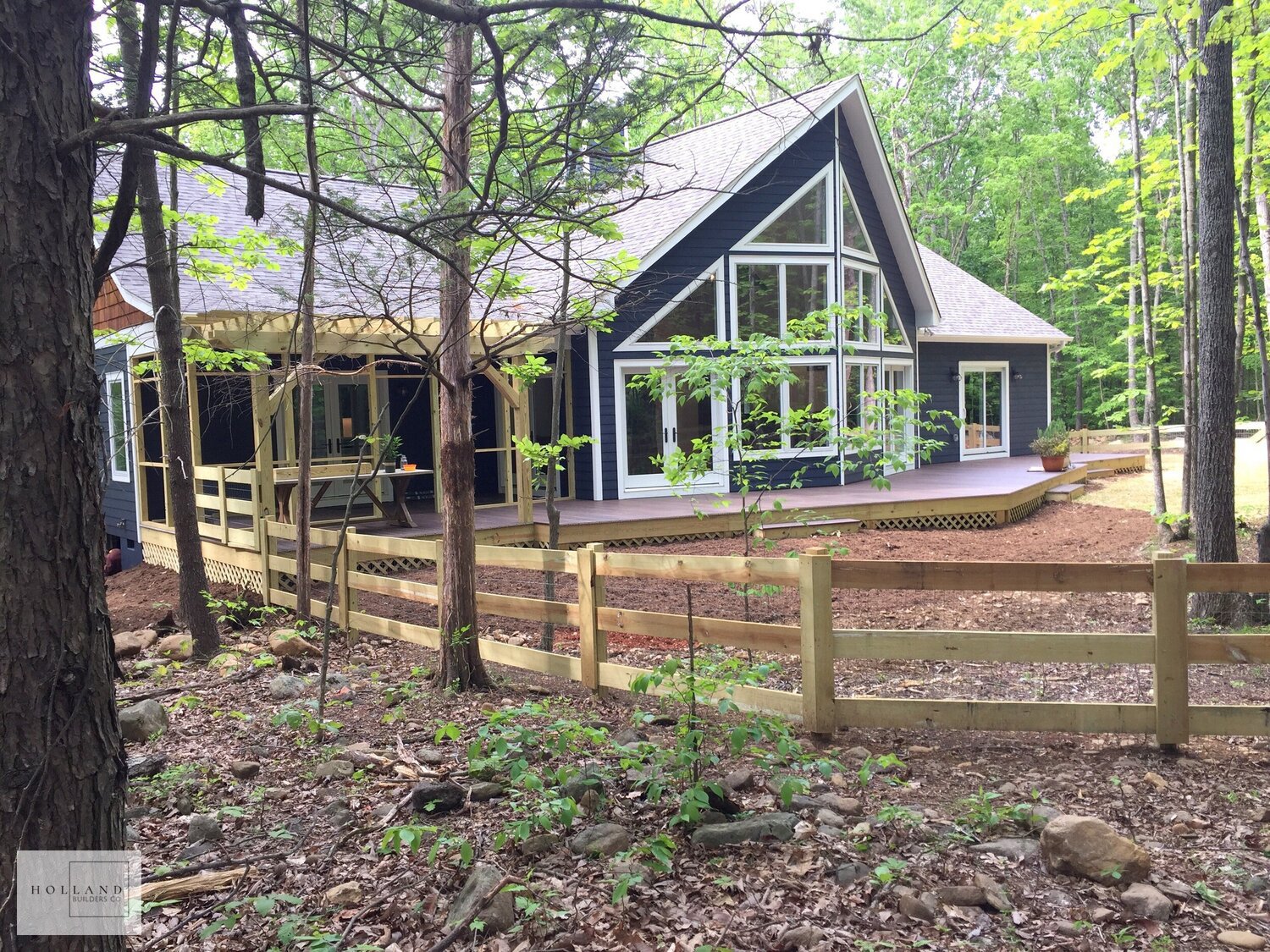Florida is a land of sunshine, sandy beaches, and vibrant communities. However, the state's unique climate presents specific challenges and opportunities for builders and homeowners alike. Whether you're an Orlando home builder, a seasoned contractor, or a homeowner dreaming of a custom abode, understanding how to design effectively for Florida’s climate is paramount. This article delves into the key considerations custom builders must take into account when constructing homes in the Sunshine State.
Understanding Florida’s Unique Climate
Florida's climate can be classified as humid subtropical in most areas, with distinct wet and dry seasons. The summer months bring high humidity and rainfall, while winters are mild and dry. Understanding these climatic nuances is crucial for any Florida building contractor engaged in custom home building.

Humidity and Its Implications
- High Humidity Levels: With summer humidity levels soaring, it’s vital to focus on materials that can withstand moisture without warping or deteriorating. Ventilation Considerations: Effective ventilation systems can alleviate humidity issues inside the home.
Rainfall Patterns and Flood Risks
- Heavy Rainfall: Florida experiences significant rainfall during the summer months, leading to potential flooding risks. Elevation and Drainage: Home designs should incorporate proper elevation strategies and drainage systems to mitigate flood risks.
Hurricane Preparedness
- Building Code Compliance: Adhering to Florida's stringent building codes designed to withstand hurricane-force winds is non-negotiable. Design Features: Consider incorporating features like hurricane shutters and reinforced structures.
Key Design Principles for Florida Homes
Designing for Florida’s climate requires a careful balance between aesthetics, functionality, and durability. Here are essential principles every custom builder should consider.
Orientation of the Home
The orientation of a house significantly affects its energy efficiency.
- Maximizing Natural Light: Position windows strategically to take advantage of natural light while minimizing heat gain. Shading Strategies: Overhangs or awnings can provide shade over windows, reducing cooling costs.
Material Selection
Choosing the right materials can prolong the life of your structure and enhance comfort.
Recommended Building Materials
| Material | Benefits | |-------------------|--------------------------------------------------------------| | Concrete Block | Great for insulation; weather-resistant | | Metal Roofing | Durable against storms; energy-efficient | | Vinyl Siding | Low maintenance; resistant to moisture |
Energy Efficiency Standards
As energy costs continue to rise, designing energy-efficient homes is more important than ever.
- Insulation Techniques: Use high-quality insulation materials that suit Florida's moderate winters. Energy Star Appliances: Incorporate Energy Star-rated appliances to reduce energy consumption.
Landscaping Considerations in Florida
Landscaping plays a pivotal role not only in aesthetics but also in environmental sustainability within Florida's climate.
Drought-Tolerant Plant Species
Utilizing native plants can enhance both beauty and resilience against drought conditions common during dry seasons.
Examples of Native Plants
Saw Palmetto Coontie Beach SunflowerIrrigation Systems
Implement efficient irrigation systems that minimize water usage while promoting healthy plant growth.
Smart Home Technology Integration
Embracing technology can make homes more comfortable while enhancing their resilience against the elements.
Home Automation Systems
Automating temperature controls or lighting based on real-time weather data can optimize comfort levels within your home.
Impact Resistance Windows
Installing smart windows that automatically adjust tint based on sunlight exposure can improve bespoke home building services energy efficiency dramatically.
Custom Builders’ Checklist for Florida Projects
When embarking on building projects in Florida, having a checklist ensures no detail goes overlooked.
Assess site conditions thoroughly. Choose appropriate materials with warranties against moisture damage. Comply with local zoning laws and hurricane codes. Integrate sustainable practices wherever possible. Engage with local suppliers familiar with regional needs.Navigating Permits and Regulations in Florida
Understanding the regulatory landscape is vital for any builder operating in Florida.
1. Local Building Codes
Adhering to local building codes ensures safety while avoiding costly fines or rework down the line.
2. Environmental Regulations
Consideration must be given to wetlands protection laws when planning construction sites near sensitive ecosystems.
FAQs about Designing for Florida’s Climate
1. What are some key features I should include in my home design for hurricane preparedness?
Incorporating impact-resistant windows, reinforced roofs, secure garage doors, and elevated foundations are essential features that contribute to hurricane preparedness.
2. How does humidity affect interior air quality?
High humidity levels can lead to mold growth if not managed properly through ventilation systems and dehumidifiers installed within the home design.
3. Are there any specific landscaping practices I should follow?
Focus on xeriscaping—using drought-resistant plants—to minimize water usage while maintaining a beautiful landscape suitable for Florida's climate conditions.
4. What kind of insulation works best in humid climates?
Foam board insulation is often preferred as it resists moisture absorption better than traditional fiberglass insulation options in humid conditions like those found in Florida.
5. How important are energy-efficient appliances?
They are crucial! Energy-efficient appliances reduce overall energy consumption significantly, leading to lower utility bills over time—critical in hot climates where air conditioning demands are high!
6. Should I hire a specialized contractor familiar with local regulations?
Absolutely! Hiring an experienced Orlando home builder or contractors like Holland Builders Co ensures compliance with regional regulations while leveraging their expertise regarding local weather patterns.
Conclusion
Designing homes tailored specifically for Florida’s unique climate poses challenges but also offers rewarding opportunities for custom builders willing to adapt their methods accordingly. By embracing innovative technologies, understanding material science, prioritizing sustainability practices such as using native flora landscaping techniques alongside smart automation solutions—builders will not only create resilient structures but also foster communities that thrive amidst changing weather patterns along this beautiful coastline!
Through this comprehensive guide titled "Designing for Florida’s Climate: What Custom Builders Must Know," we aimed at providing insights into best practices tailored specifically around constructing durable yet aesthetically pleasing homes capable of thriving within one-of-a-kind environmental conditions inherent throughout different regions across our sunny state!